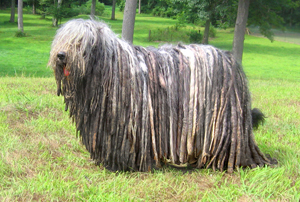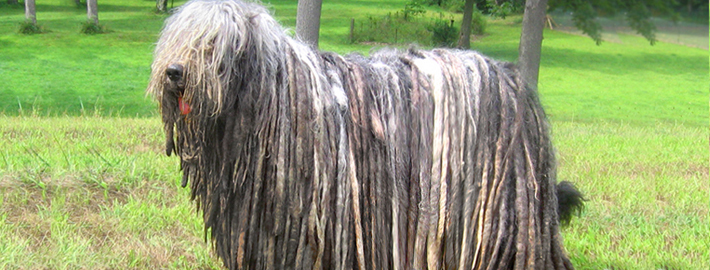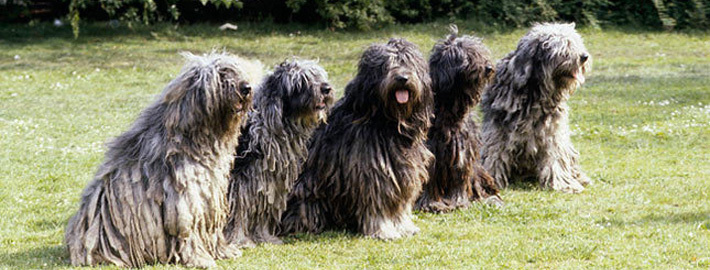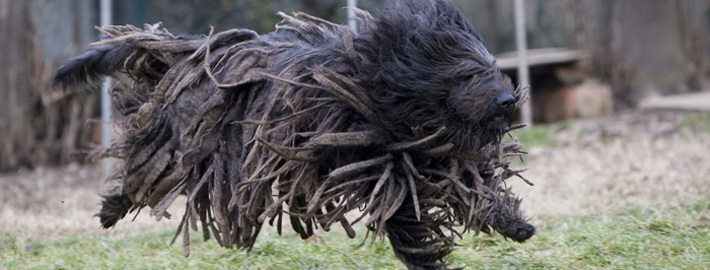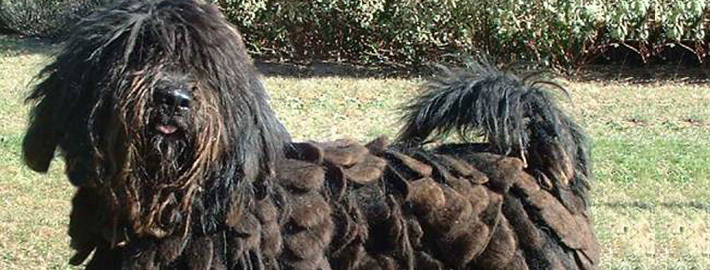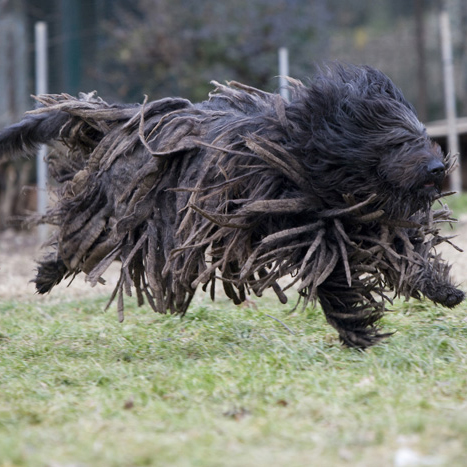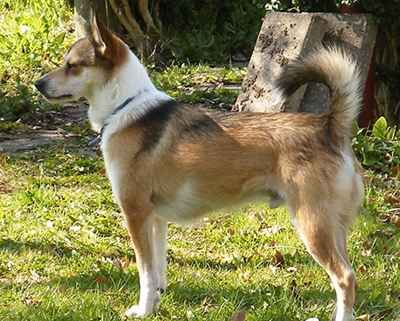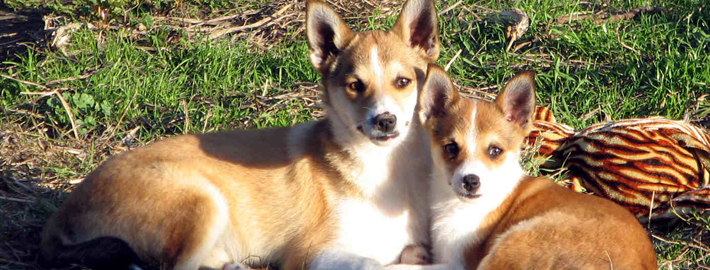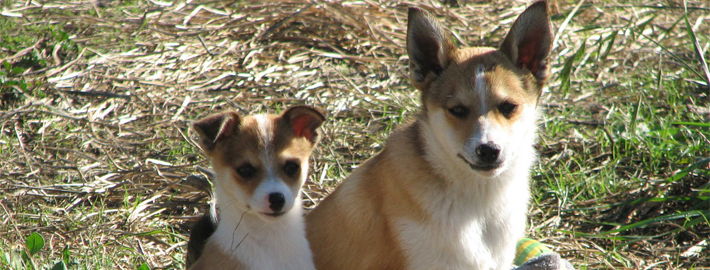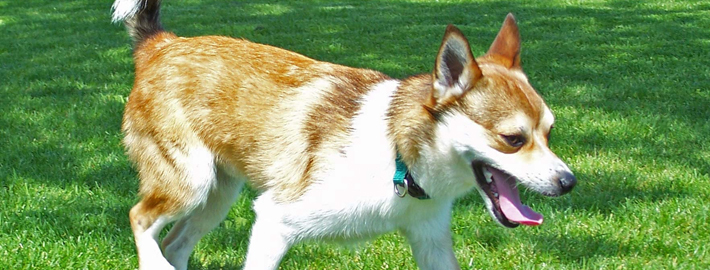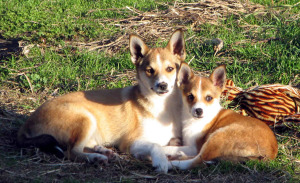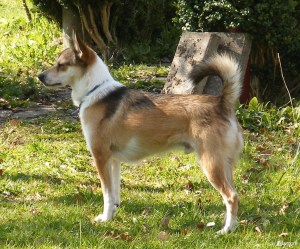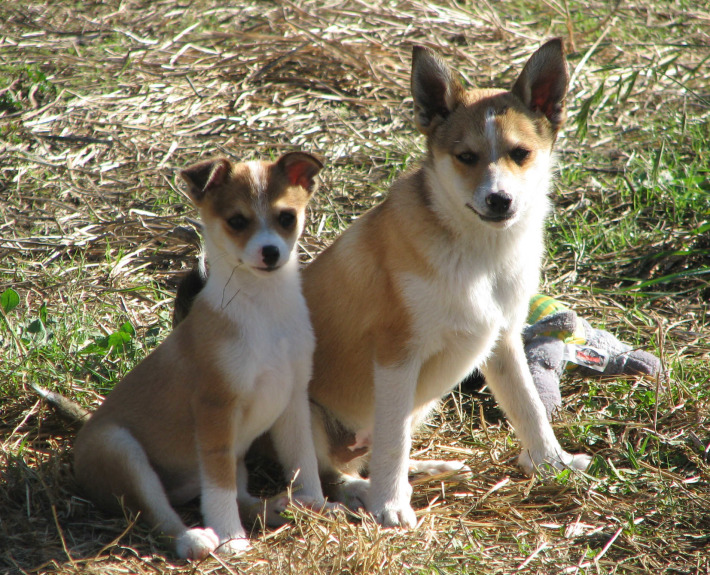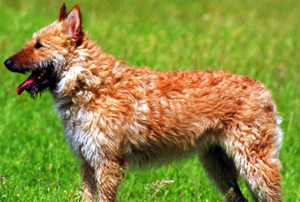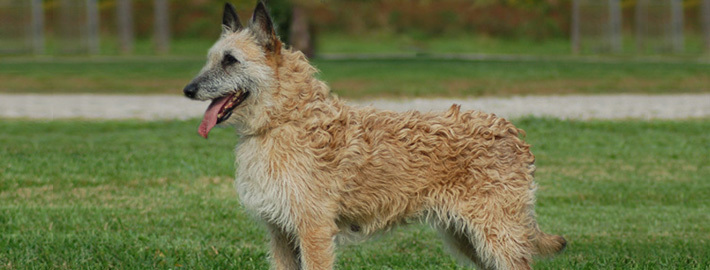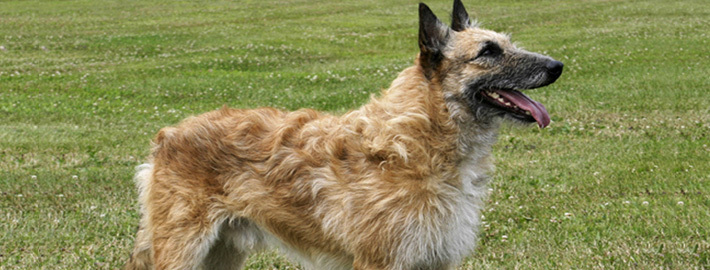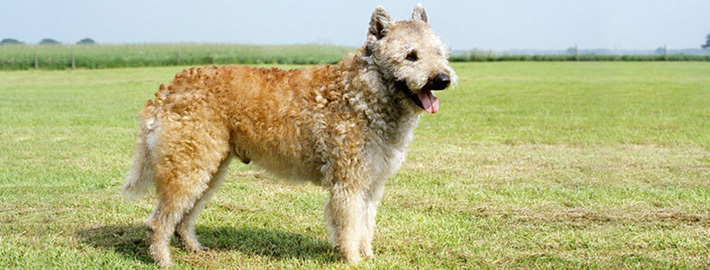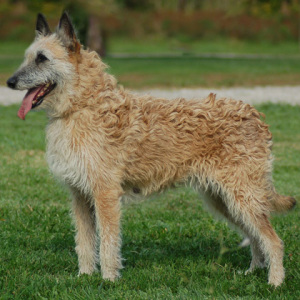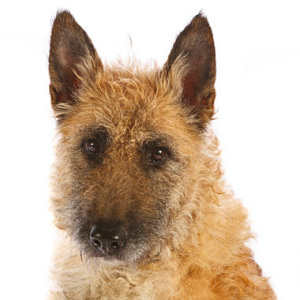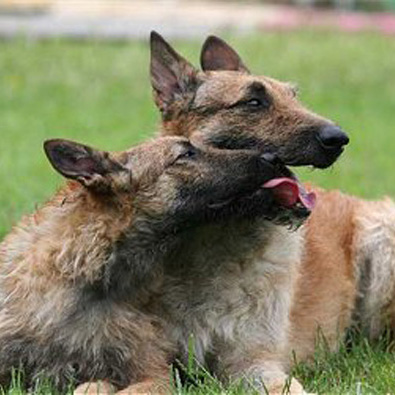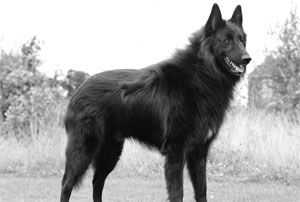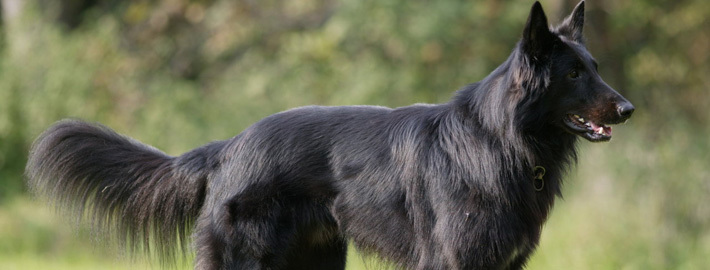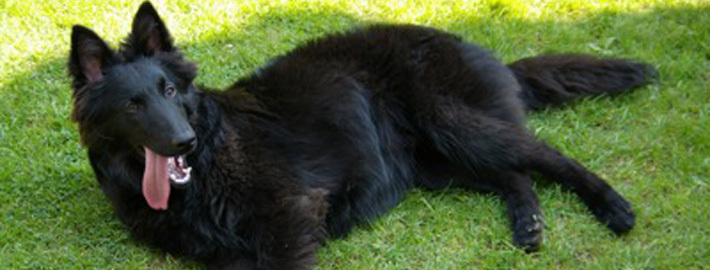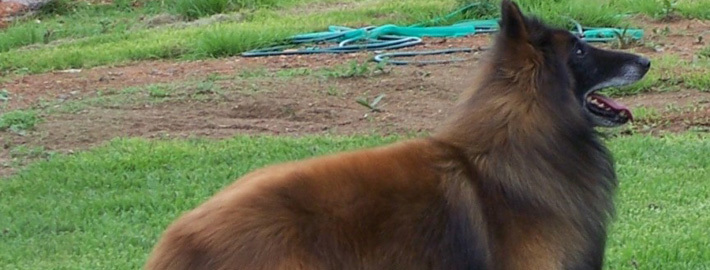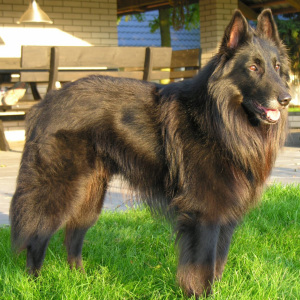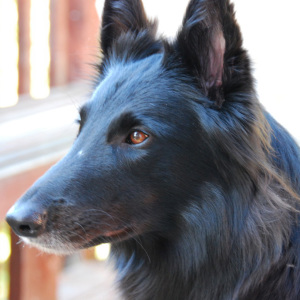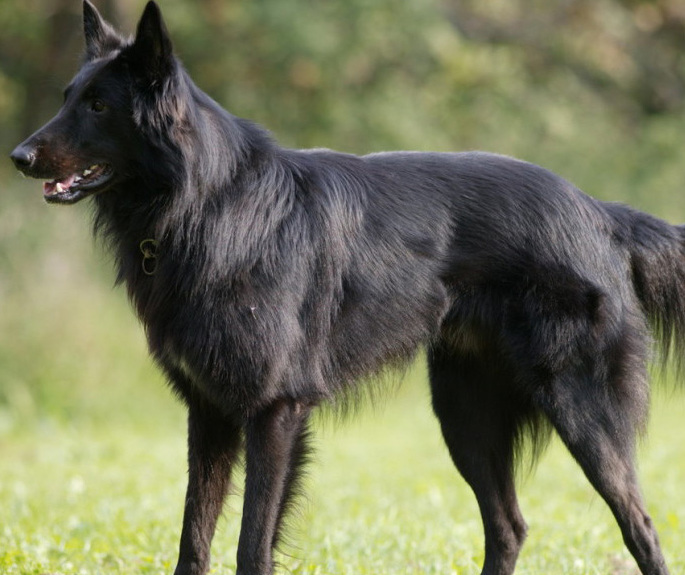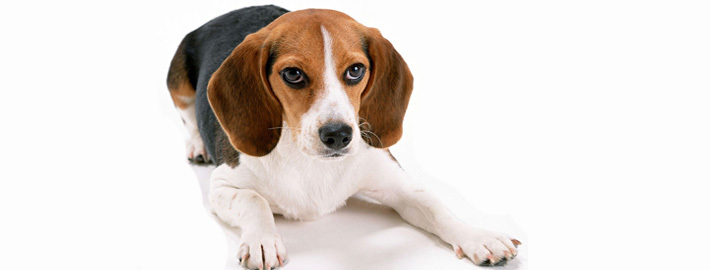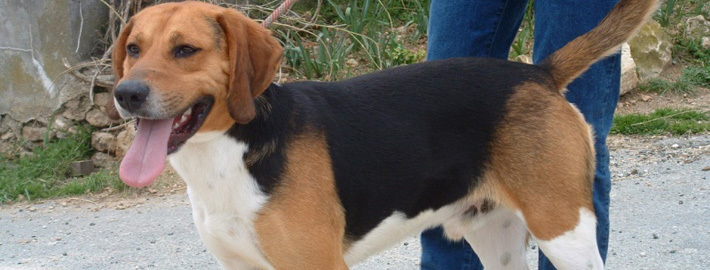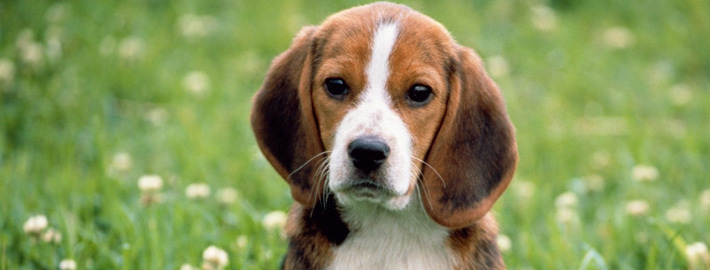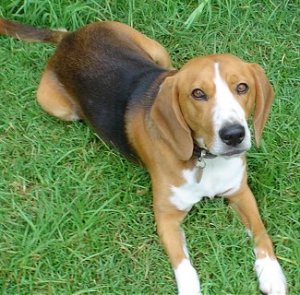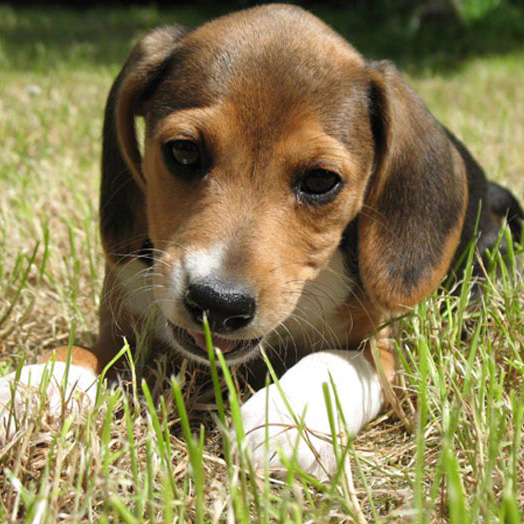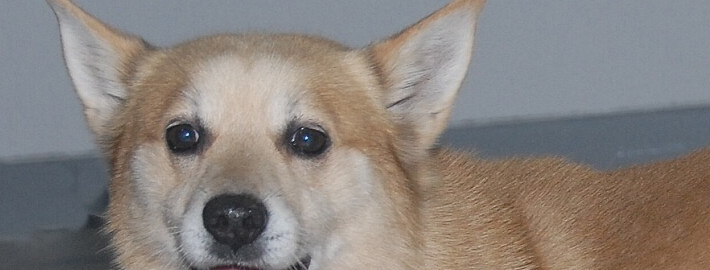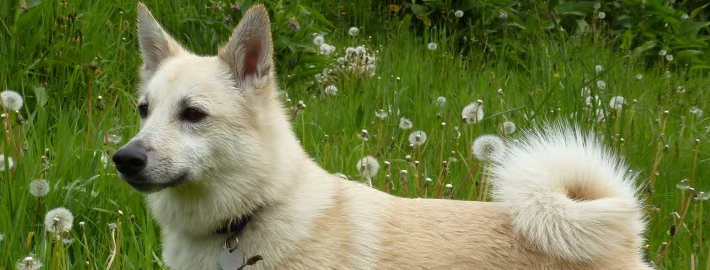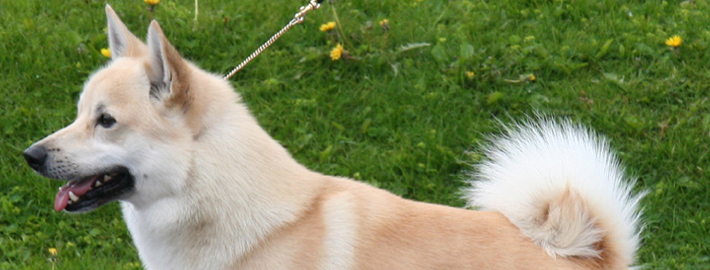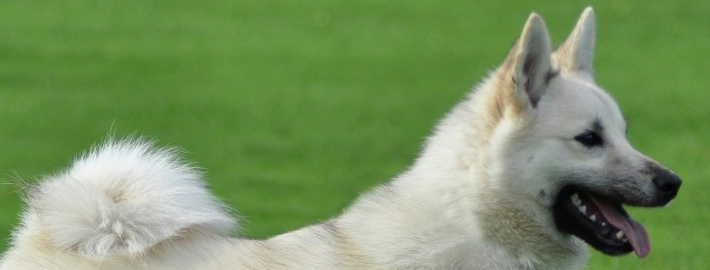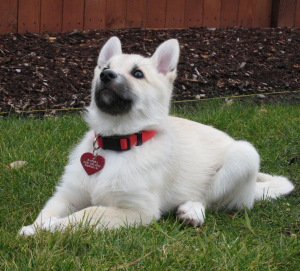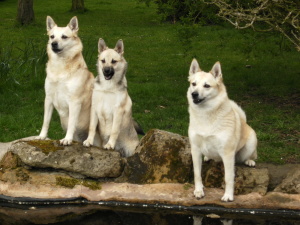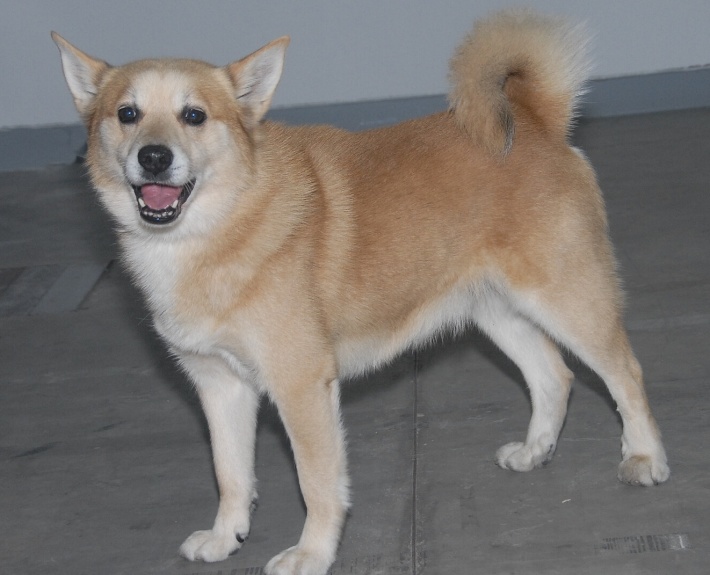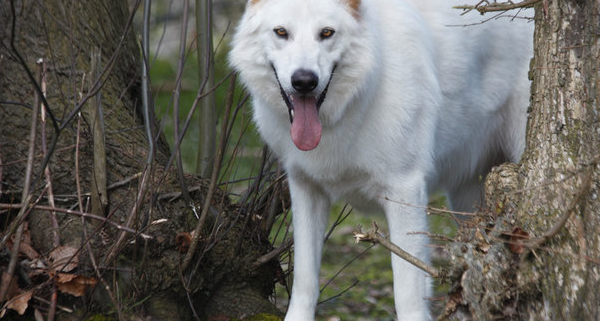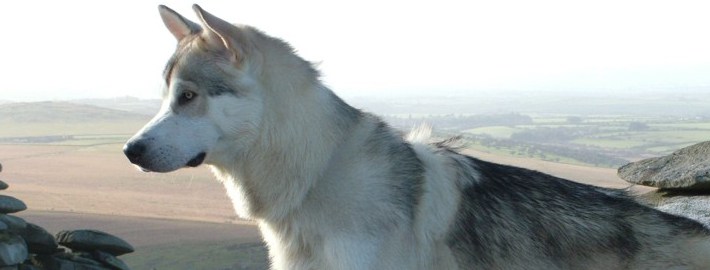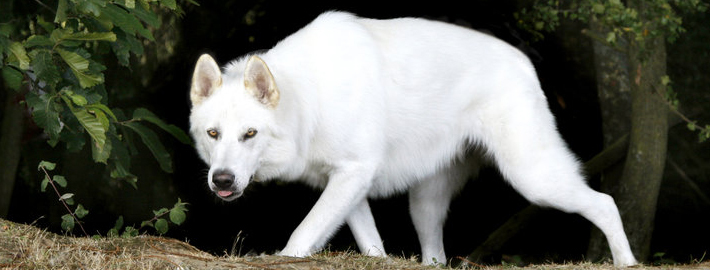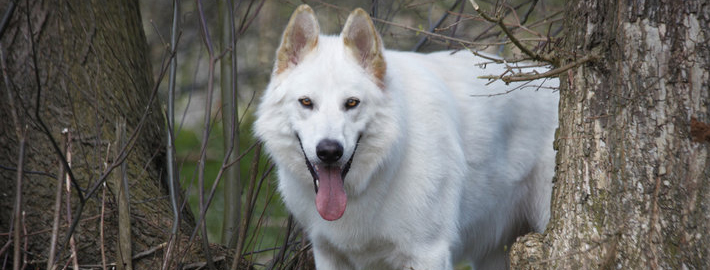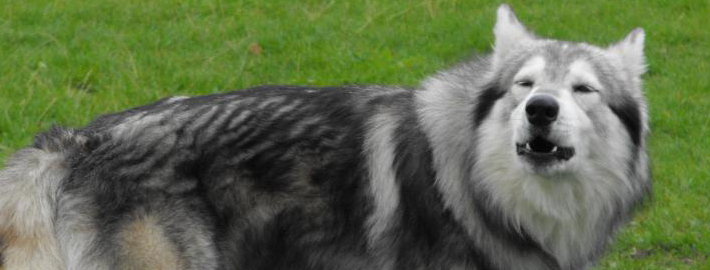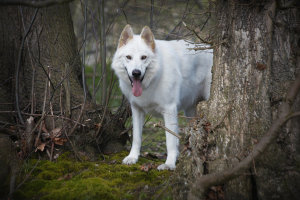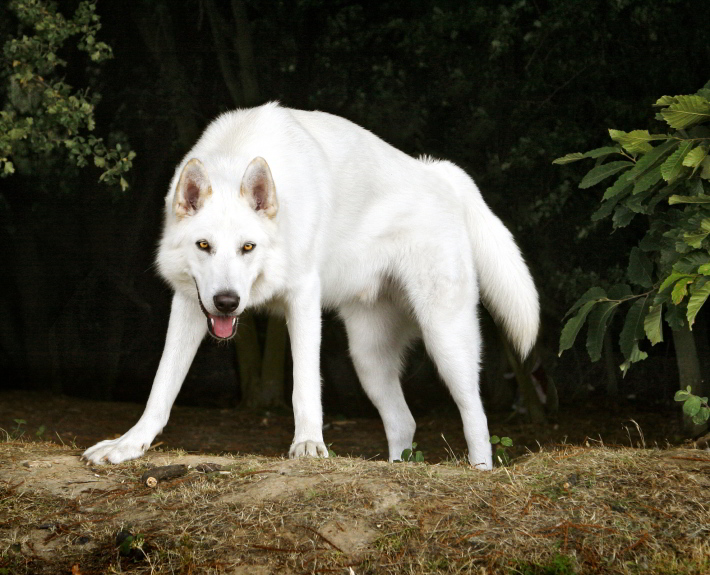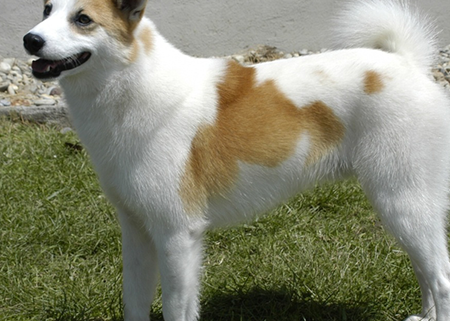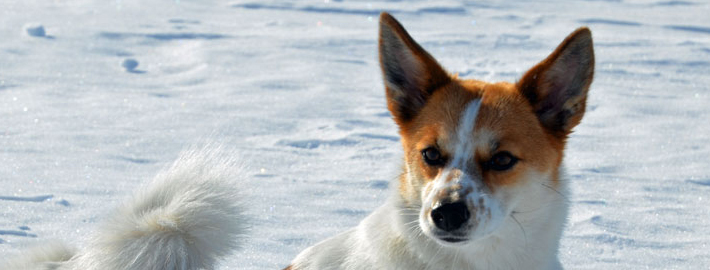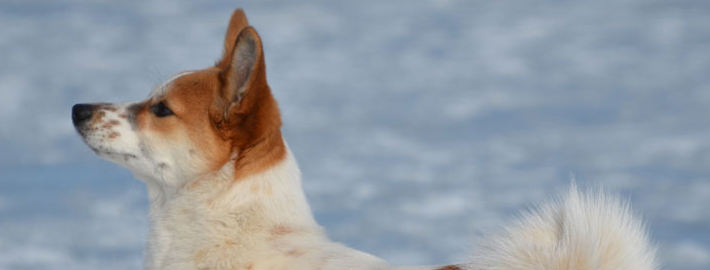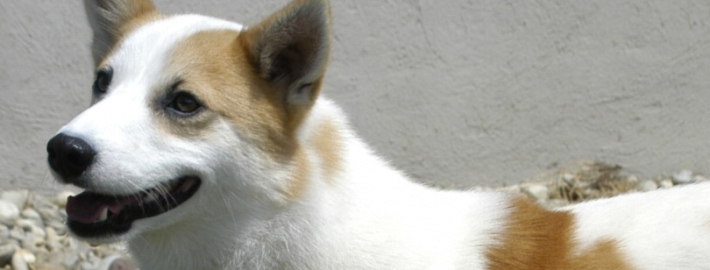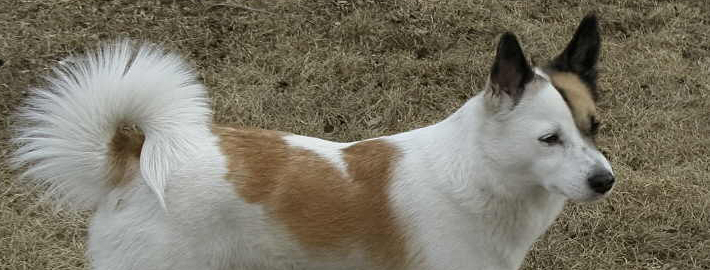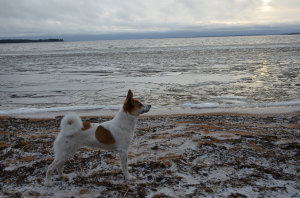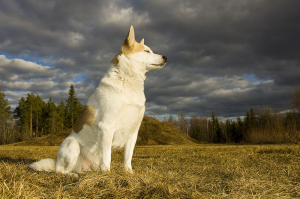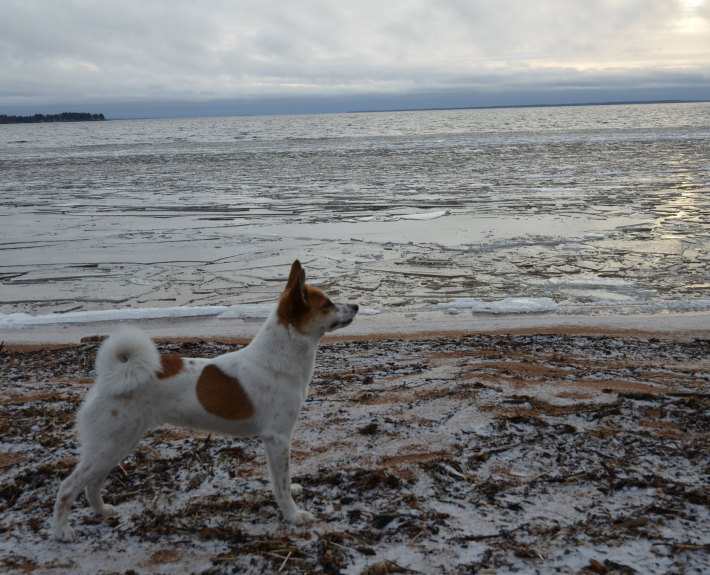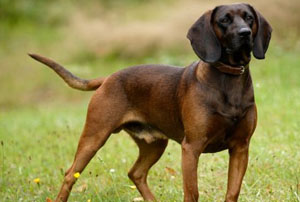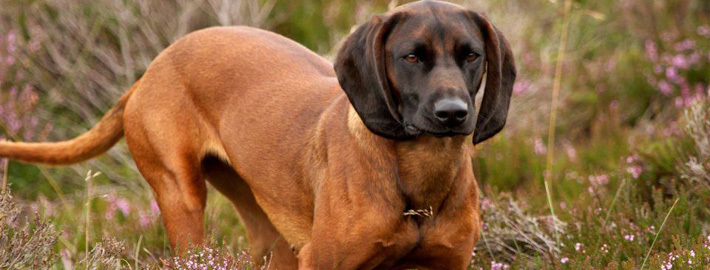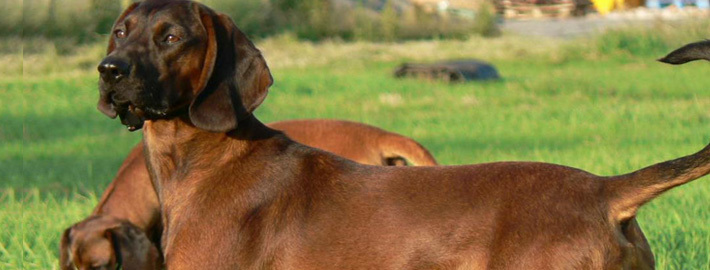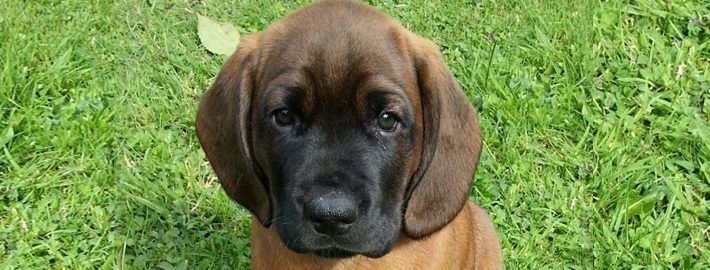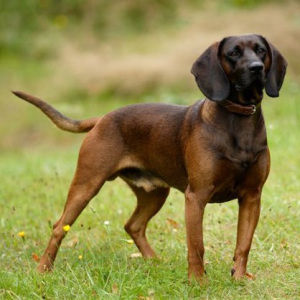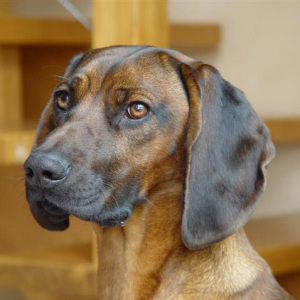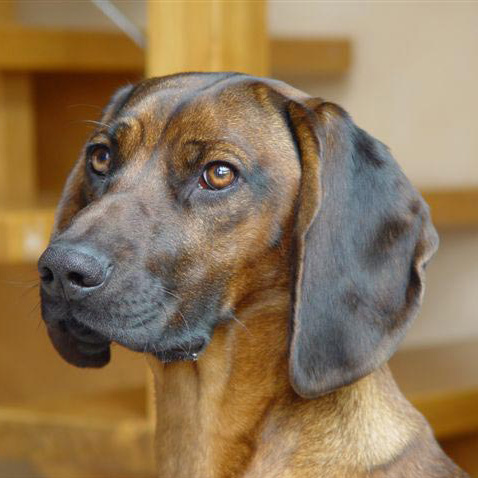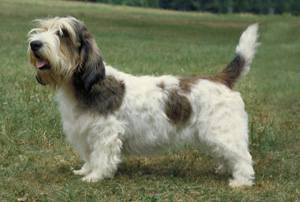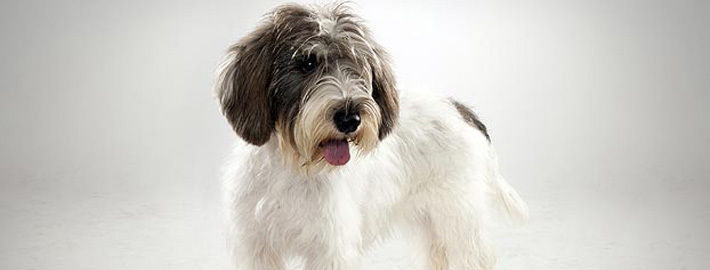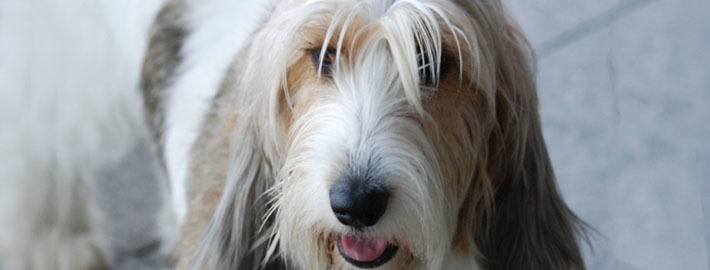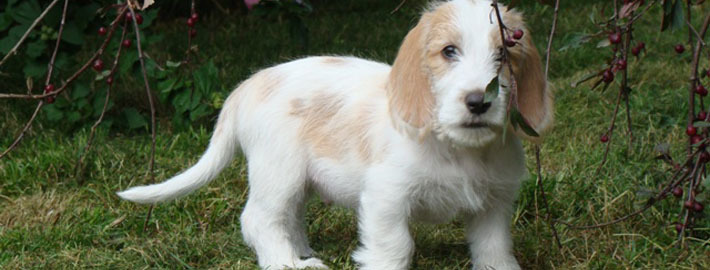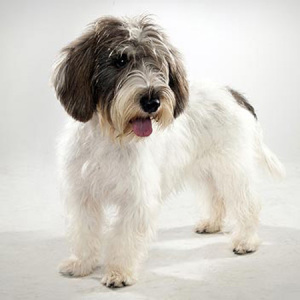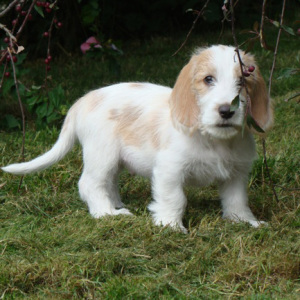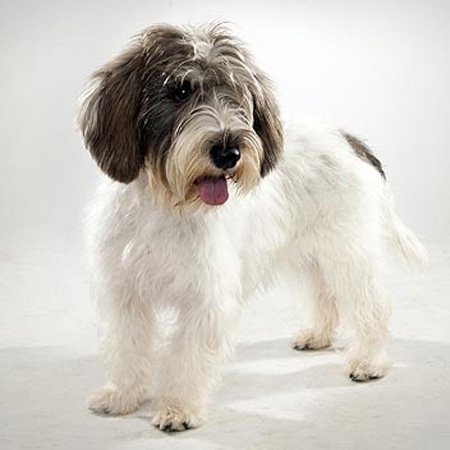Bergamasco Sheepdog
Bergamasco Sheepdog – Intelligent and Balanced
What makes the Bergamasco Sheepdog Unique?
The Bergamasco Sheepdog is one weird looking dog! It’s fur changes as it grows from a cute fluffy puppy into a scruffy teenage rebel before eventually becoming the dreadlocked cool dude in adulthood! The Bergamasco is a sociable, highly intelligent breed that possesses a deep desire to please its master. The breed thinks independently, however, and often sees itself more as an equal partner than as a subordinate to the members of his family.
Page Contents
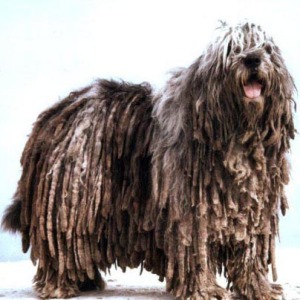
SnapShot
| Size: | Males – 58 to 62 cm (23 to 24inches)
Females – 54 to 58 cm (21 to 23 inches) |
| Weight: | Males – 32 to 38 kg (70.5 to 83.8 pounds)
Females – 26 to 32 kg (57.3 to 70.5 pounds) |
| Origin: | Italy |
| Life Span: | 13 to 15 years |
| Colour: | Silver-gray, Merle, Grey, Fawn, Light Fawn, Black, Black & Brown |
| Litter Size: | 6 to 10 puppies, 8 is being common |
Is the Bergamasco Sheepdog Right For You?
The Bergamasco as other herding breeds is substantially more independent than most. The Bergamasco is very dedicated and loyal to its family, with whom it forms very intense bonds. These dogs are generally not very openly affectionate, and this breed is not particularly “licky.” This is a breed that prefers to be in the presence of its family, rather than on top of them.
The Bergamasco is a sociable, highly intelligent breed that possesses a deep desire to please its master. The breed thinks independently, however, and often sees itself more as an equal partner than as a subordinate to the members of his family. Despite its unique appearance, their coat does not actually take much time to maintain. After the mats “set” at age one, the coat needs only 1-3 baths per year and no brushing. Shedding is minimal.
In 5 Words
- Vigilant
- Determined
- Patient
- Intelligent
- Tolerant

Characteristics
Learn About the Bergamasco Sheepdog
Description
The Bergamasco Sheepdog is an ancient breed which is at least 2000 years old. The ancestors of the Bergamasco spread out along the Alpine chain. Ancient dog lovers speak of a dog of the Alps and some describe a sheepdog in the Vallese region. The only common element in these vague sources is that the coat is described as long, thick and shabby. Strong, sound and brave, this dog is also very intelligence and has a good equilibrium. The Bergamasco is a medium size dog, well proportioned and harmonious having a rustic appearance. He is a solidly compact dog with a strong, powerful build that gives him great resistance without taking away any of his agility and speed of movement. His imposing aspect is increased by the thick coat which is one of his typical characteristics and makes him different from any other dog. The Bergamascos coat is characterized by three types of hair which is abundant and forms mats or flocks which is the distinguishing characteristic of this breed. The mats start from the spine and go down the flanks, growing every year to reach the ground. The thick curtain of hair that covers the eyes has a functional purpose as well. It serves as a visor so as not to be dazzled by the sun reflecting off the snow in the mountains. The color of the coat can be anything from gray or silver gray to anthracite (coal color). This color served as a camouflage when working in the mountains. The entire hereditary pattern is deeply ingrained in the breed. Even in our modern times, the Bergamasco remains the same.
Short History of the Bergamasco Sheepdog
Bergamasco shepherd dog originated in the Italian Alps, at the farm of Piero Rota near Bergamo hills, at least 2000 years back. The herding breed comes from the area of shepherds and cattle dogs, where the nomads migrated with their herds. While selling the sheep, dogs were also exchanged. The Bergamasco found its cradle in the Alps, where sheep herding was much developed. The dogs were taken to Po Basin in Piedmont and Lombardy in the winters.
Temperament
The Bergamasco has a similar temperament to many other herding breeds, but is substantially more independent than most. The Bergamasco is very dedicated and loyal to its family, with whom it forms very intense bonds. These dogs are generally not very openly affectionate, and this breed is not particularly “licky.” This is a breed that prefers to be in the presence of its family, rather than on top of them. The Bergamasco was bred to work independently, almost as a partner to the shepherd rather than a servant or assistant. This has led to a dog that is highly intuitive and excellent at reading the attitudes and moods of its family. Because the breed is so good at reading people, it interacts differently with each member of a family.
The function of the Bergamasco Shepherd is to guide and guard the herd, task for which he shows exemplary disposition thanks to his vigilance, his concentration and psychological balance- His learning faculty and determination combined with his moderation and patience make of him an excellent guard and companion dog, suited to the most divers uses. He establishes a close relationship with man.
Caring for Your Bergamasco Sheepdog
Grooming & Bathing
Occasional brushing and bathing. Cords should be separated by hand and brushed lightly.
Exercise & Training
Bergamascos will exercise outdoors on their own accord, but daily walks, herding the sheep or play with kids is an ample exercise that will force them to exercise but will not be too harsh. They have a moderate active. The Bergamasco enjoys the outdoors and will exercise on its own accord if it lives and works on a large farm. A long daily walk, herding the sheep or a romp with the kids is ample exercise that is necessary for a happy Bergamasco.

